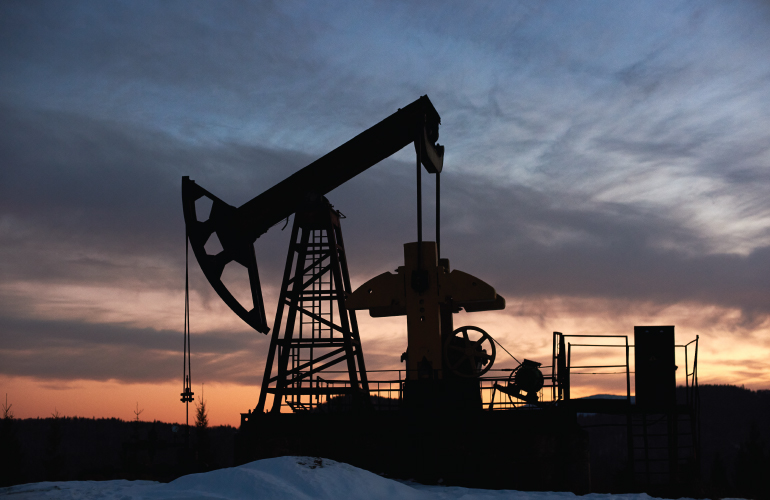Crude Oil
Crude oil is a hydrocarbon mixture that occurs in liquid form in natural subterranean reservoirs and stays liquid at atmospheric pressure after passing through surface separation facilities.
The petroleum industry frequently classifies crude oils based on their geographical origin, such as Alaska North Slope Crude. However, categorising crude oil types by geographical source is not a helpful categorization method for emergency responders. This categorization provides minimal information regarding overall toxicity, physical condition, and changes caused by time and weathering. These properties are critical in oil spill response. In a reaction situation, the categorization method presented below is more relevant.
Light, volatile oils are classified as Class A.
Non-sticky oils are classified as Class B.
Heavy, sticky oils are classified as Class C.
Nonfluid Oils (Class D).

